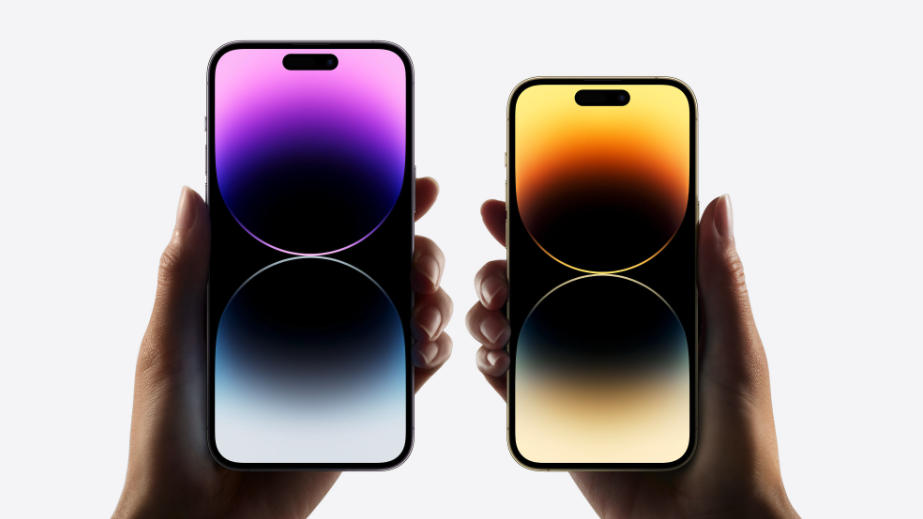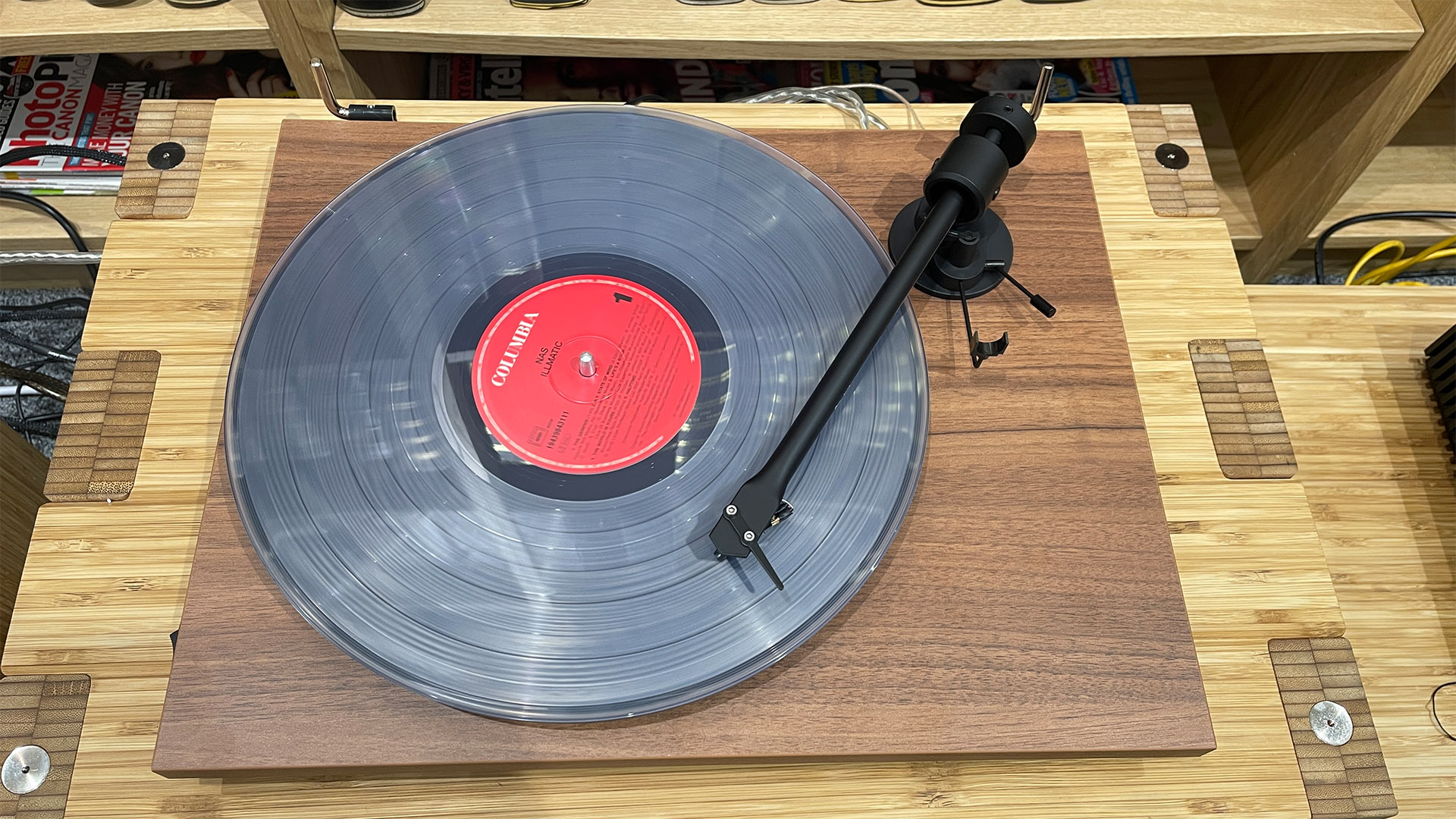The iPhone 14's hidden design feature makes it easier to repair
Apple didn't mention this...

On the surface, the iPhone 14 is almost identical to the iPhone 13, and much less compelling than the iPhone 14 Pro model. But it has actually undergone a huge redesign, making it easier to repair than previous models. Which could mean that average Joes like us could realistically fix our handsets ourselves in future.
The iPhone 14 Pro models stick with the old internal structure, so while they might boast more impressive specs, they're a lot harder to repair than the non-Pro variants. So you might be better off buying a non-Pro iPhone 14 after all.
That's according to iFixit, who should know about these things. The website specialises in teardowns – i.e. ripping open shiny new devices and seeing what makes them tick. They give every new device a repairability score out of 10 to indicate how easy it is to fix. These changes give the iPhone 14 a score of 7, which is the highest an iPhone has scored since the iPhone 7 back in 2016.
So what's changed? For starters, the iPhone 14 now opens from the front and back, with a new metal midframe requiring an internal redesign and doubling of the ingress protection perimeter. To put it in perspective, every iPhone since the iPhone 5 has opened only at the front.
The 14's back glass is only secured by two screws and a single connector, plus there's a less aggressive adhesive, making it easier to pry open. Removing the same two screws gets you access to the screen, too.
Apple recently launched its own repair programme for DIYers to fix their own phones, but this was essentially rendered useless because the handsets are so hard to repair. (Just check out this report to see what's required.) The iPhone 14 could change all this, and make self repairs possible for the rest of us.
Not only that, it should also reduce the iPhone 14's environmental impact by reducing the amount of waste. It's a mystery why Apple didn't make a bigger deal of this at launch, especially considering the iPhone 14 offers so few new features compared to the Pro variants.
Get the What Hi-Fi? Newsletter
The latest hi-fi, home cinema and tech news, reviews, buying advice and deals, direct to your inbox.
MORE:
Here are all the iPhone 14 Pro and Pro Max official features and specs
iPhone 14 vs iPhone 14 Pro: which is better?
iPhone 14 vs iPhone 13: is it worth upgrading?
Joe has been writing about tech for 20 years, first on staff at T3 magazine, then in a freelance capacity for Stuff, The Sunday Times Travel Magazine (now defunct), Men's Health, GQ, The Mirror, Trusted Reviews, TechRadar and many more. His specialities include all things mobile, headphones and speakers that he can't justifying spending money on.

